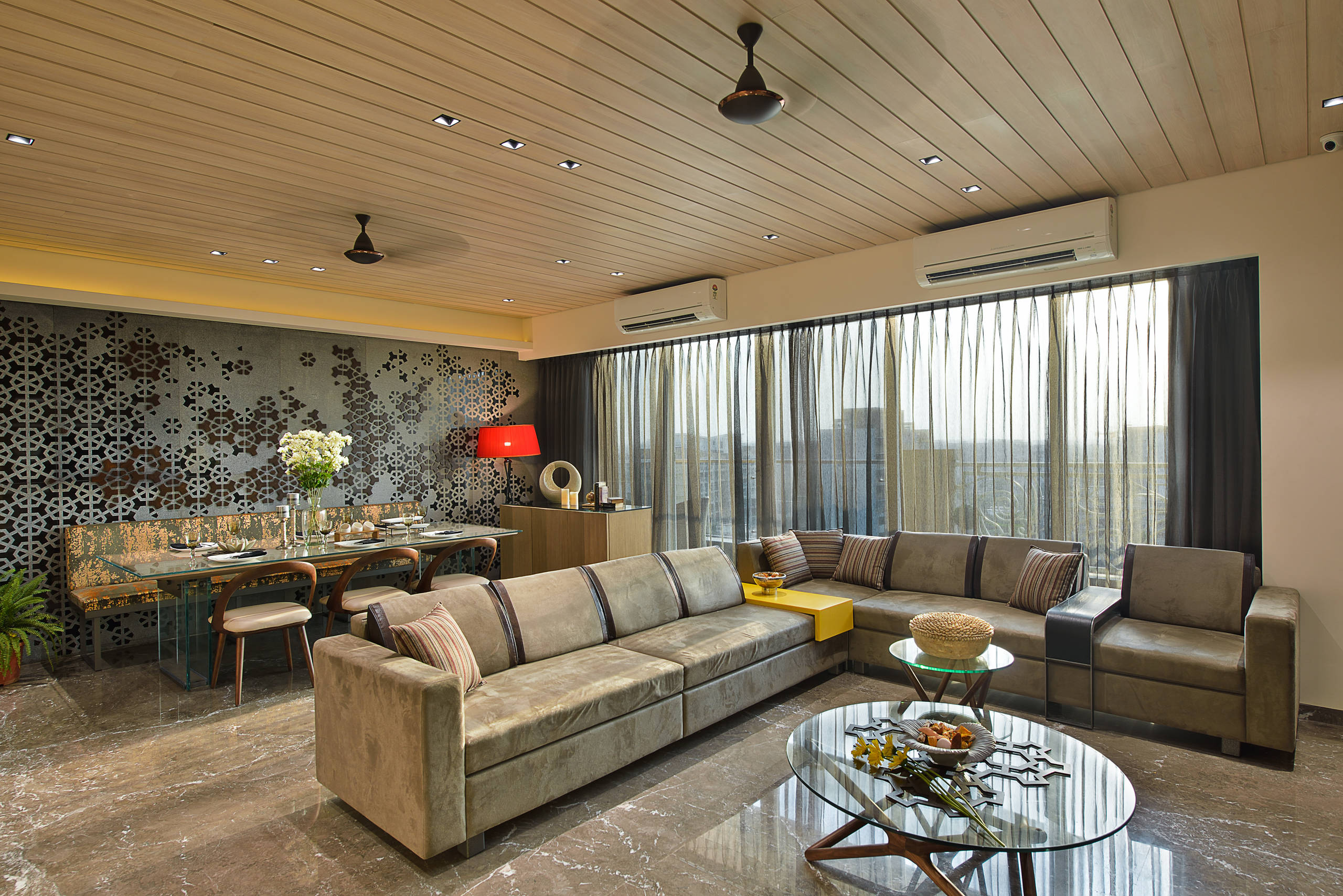Creating a Home Away from Home: Designing Comfortable Senior Living Spaces

Designing comfortable living spaces for seniors is essential for their well-being and happiness. As our loved ones age, their needs evolve, and their living environments must adapt to support their comfort, safety, and independence. In this article, we’ll explore key considerations and strategies for creating a warm and inviting home away from home for seniors, ensuring they feel secure and valued.
Table of Contents
Understanding Senior Needs
When designing senior living spaces, it’s crucial to understand the specific needs of the elderly. These include accessibility, safety, and ease of maintenance. A well-designed senior living space should cater to these needs while also providing a homely and comforting environment.
Accessibility
Accessibility is a fundamental aspect of senior living design. Incorporating features such as ramps, wide doorways, and grab bars in bathrooms can significantly improve the ease of movement for seniors with mobility issues. Additionally, furniture should be selected for its ease of use, with comfortable seating that supports good posture and is easy to get in and out of.
Safety
Safety is a top priority when designing living spaces for seniors. Ensuring that flooring is slip-resistant, installing adequate lighting, and removing potential tripping hazards are essential steps. Fire alarms, carbon monoxide detectors, and emergency call systems also contribute to a safer living environment.
Ease of Maintenance
Simplicity in design not only enhances aesthetic appeal but also makes maintenance easier. Opt for easy-to-clean surfaces and durable materials that withstand daily use. This approach reduces the amount of cleaning and upkeep required, making the space more manageable for both seniors and their caregivers.
Creating a Warm and Inviting Atmosphere
A senior living space should feel like a true home. This involves more than just practical considerations; it also means creating an environment that feels welcoming and comfortable.
Personalization
Allowing seniors to personalize their living spaces can make a significant difference in their overall happiness. Encourage them to bring personal items, such as family photos, cherished belongings, and favorite artworks. This not only adds a personal touch but also helps seniors feel connected to their past and more at home in their new environment.
Comfort
Comfort is key to creating a cozy living space. Invest in high-quality, comfortable furniture and bedding that promote relaxation. Soft, supportive cushions and adjustable seating can make a big difference in the overall comfort of the space. Additionally, incorporating elements like warm lighting and soothing color schemes can enhance the atmosphere.
Social Spaces
Social interaction is vital for maintaining emotional well-being. Designing communal areas where seniors can gather with friends and family encourages socialization and fosters a sense of community. These spaces should be welcoming and accessible, with comfortable seating and a layout that promotes interaction.
Practical Design Tips
Incorporating practical design tips can further enhance the comfort and functionality of senior living spaces.
Lighting
Good lighting is essential for both safety and ambiance. Use a combination of natural and artificial lighting to create a well-lit environment. Adjustable lighting options, such as dimmers, can help seniors set the right mood and reduce glare, making daily activities easier.
Color and Texture
Choose colors and textures that promote relaxation and comfort. Soft, neutral colors often work well in creating a calming environment. Incorporate different textures through rugs, cushions, and curtains to add warmth and depth to the space.
Technology Integration
Integrating technology can improve the quality of life for seniors. Features like smart home systems, voice-activated assistants, and medical alert systems can enhance safety and convenience. Ensure that technology is user-friendly and accessible to those who may not be tech-savvy.
Case Study: Green Valley Rehab
A great example of a well-designed senior living environment is green valley rehab. This facility exemplifies how thoughtful design can create a comfortable and supportive living space for seniors. From accessibility features to personalized spaces, the design focuses on both functionality and comfort.
Conclusion
Designing comfortable senior living spaces involves a blend of practicality and personalization. By focusing on accessibility, safety, and comfort, and incorporating elements that foster a sense of home, you can create a living environment where seniors feel valued and content. Paying attention to these details ensures that their new home not only meets their needs but also enhances their quality of life.
Creating a home away from home for seniors is a rewarding endeavor that requires thoughtful consideration of their unique needs and preferences. By following these design principles, you can help make their transition to a new living space as smooth and enjoyable as possible.


![Pyntekvister: A Simple Guide to Nordic Branch Decorating [2025]](https://thetophints.com/wp-content/uploads/2025/11/images-13.jpg)

